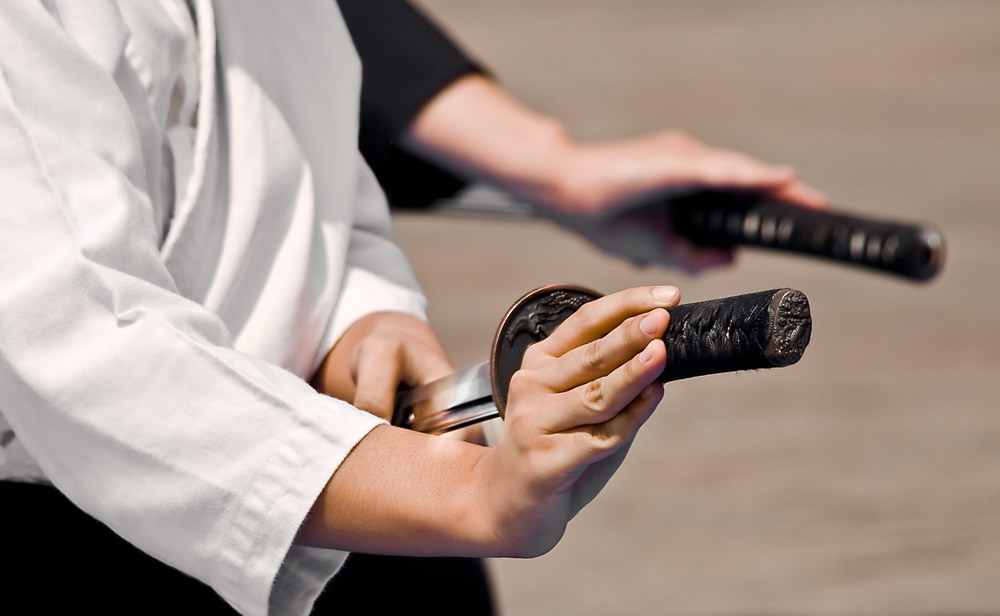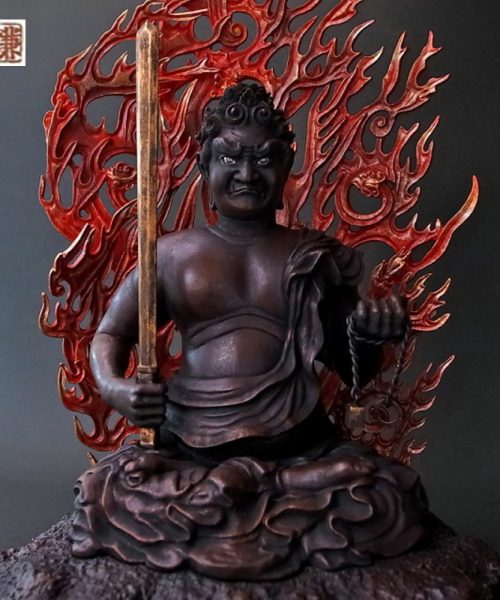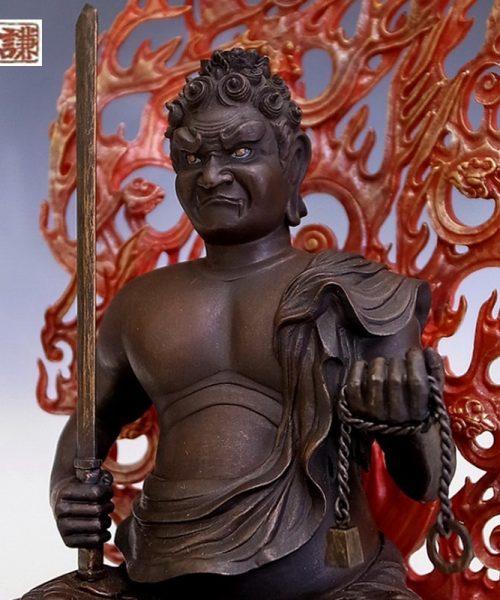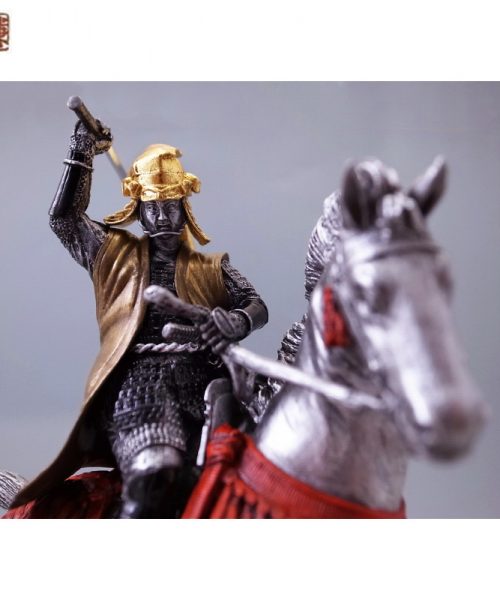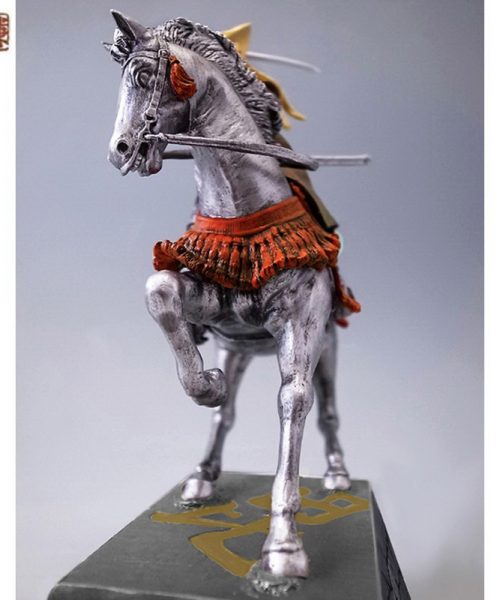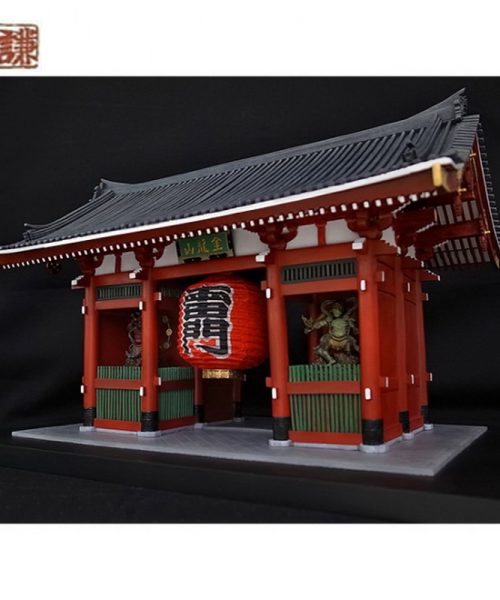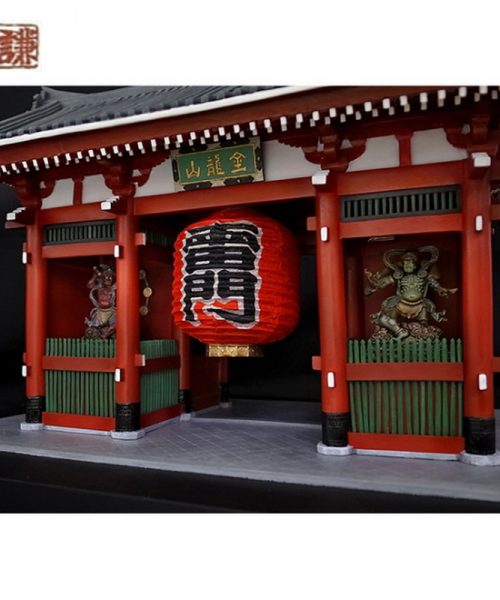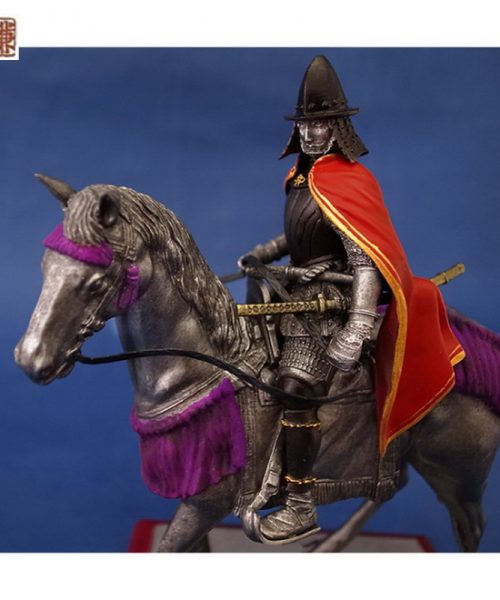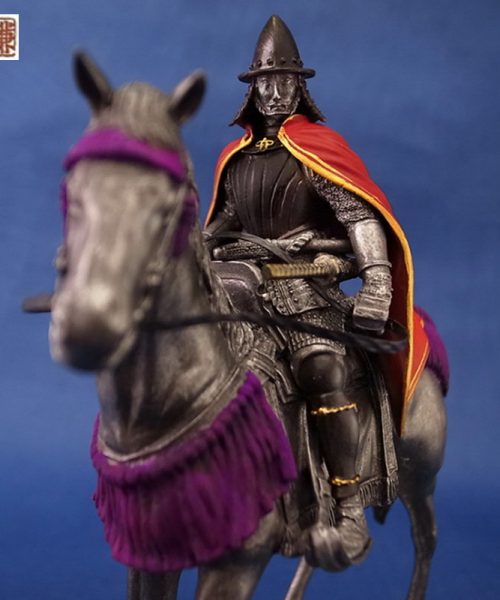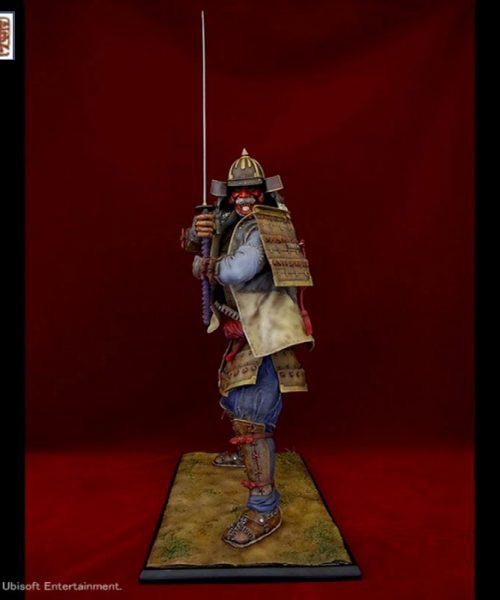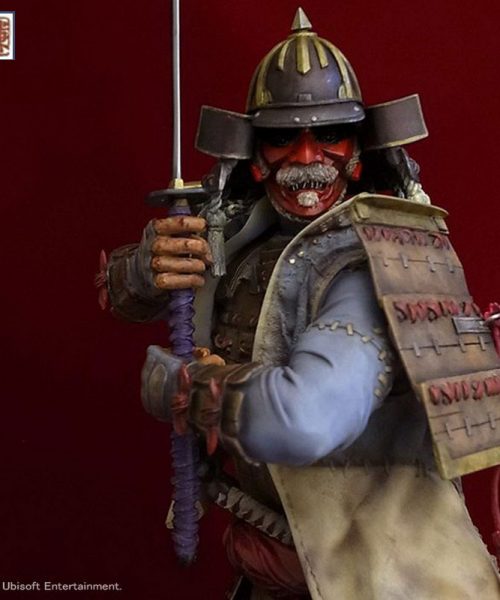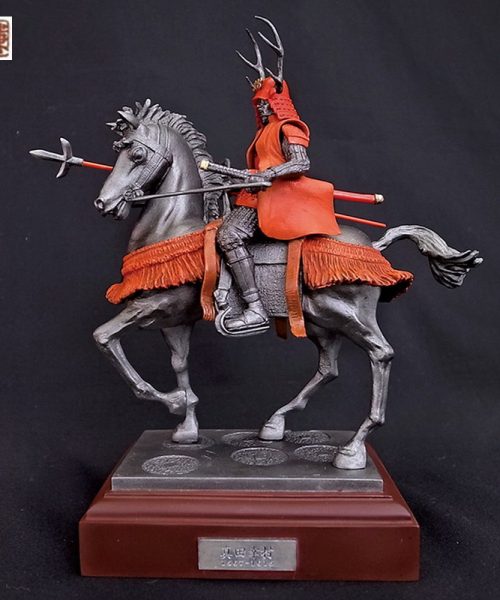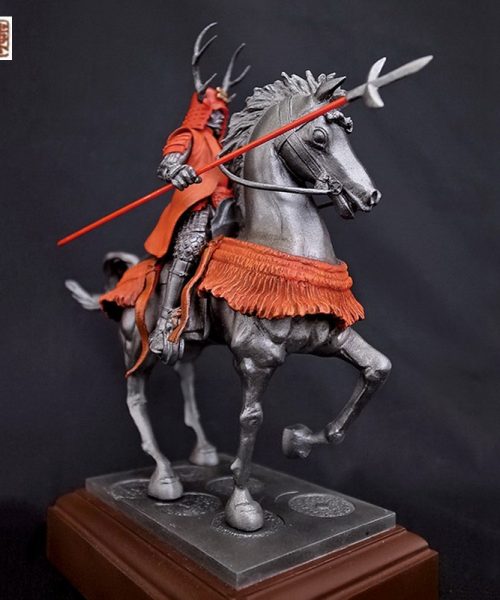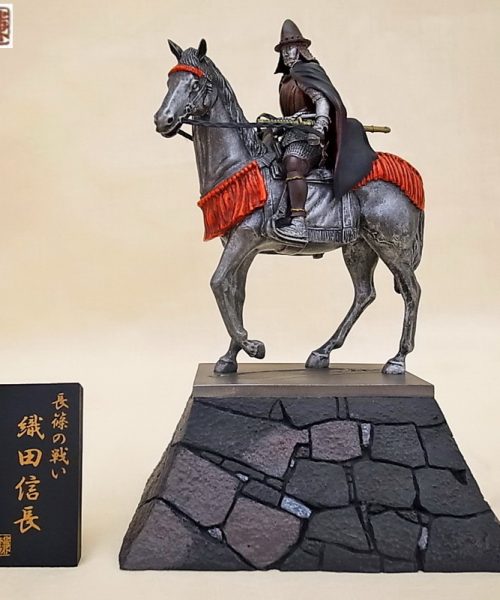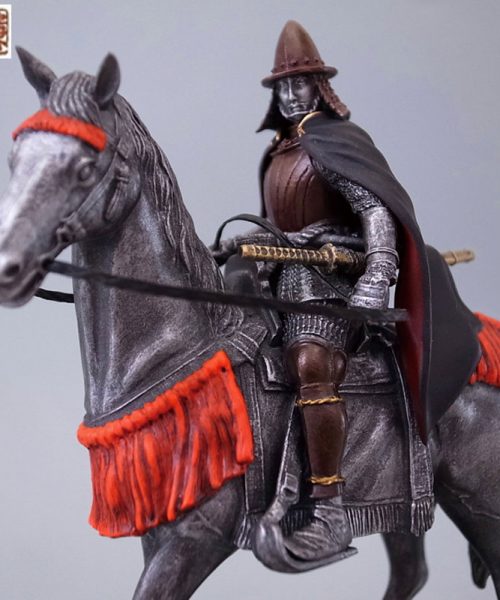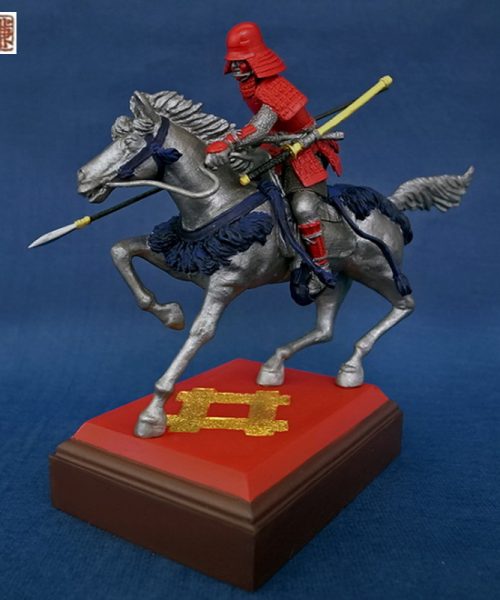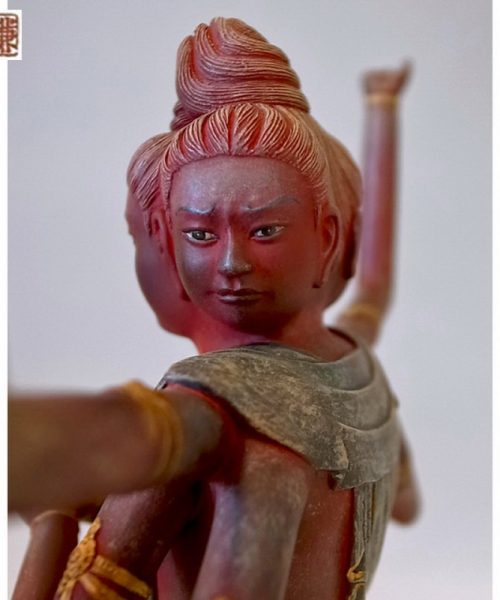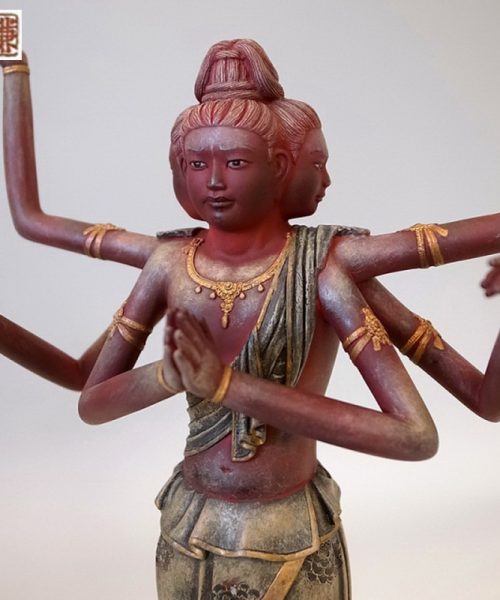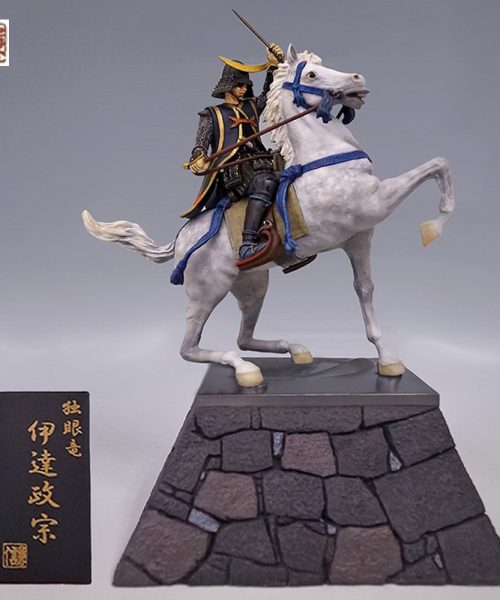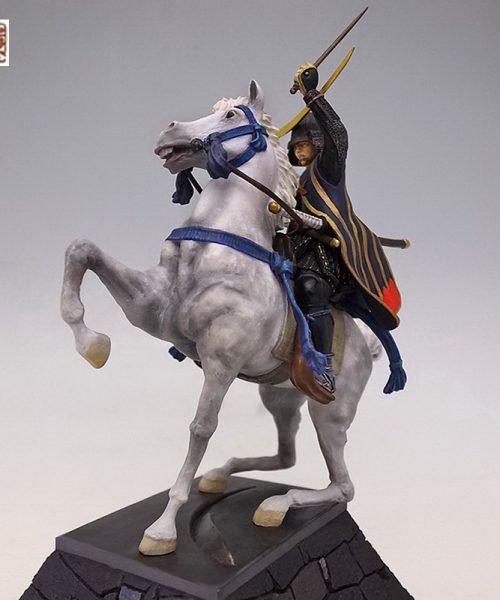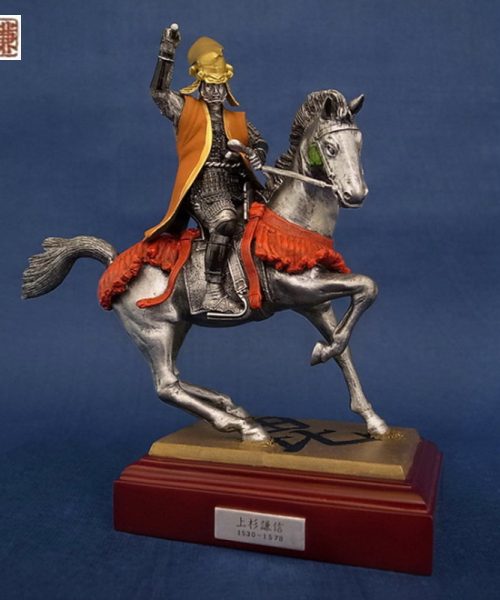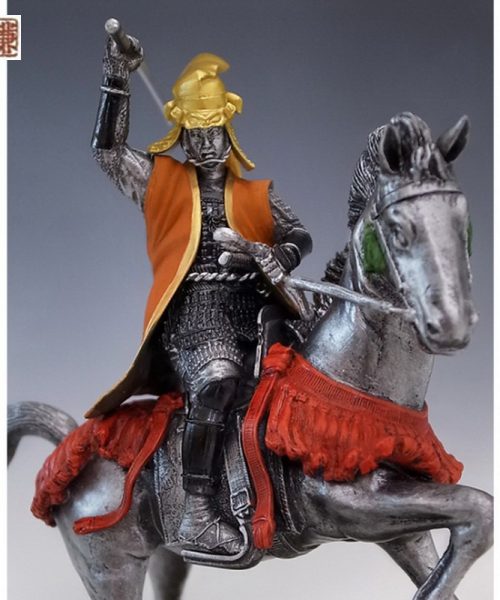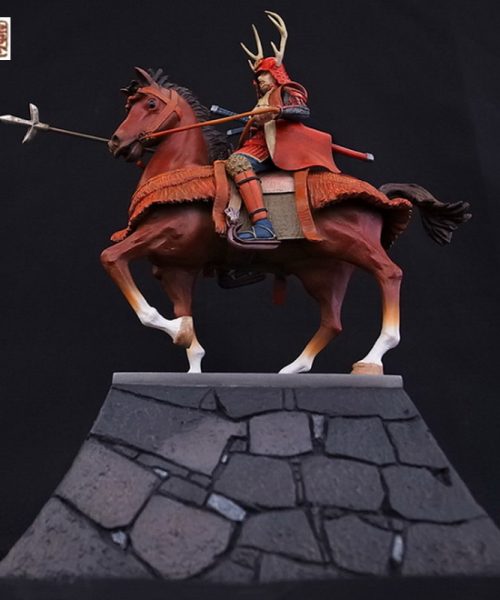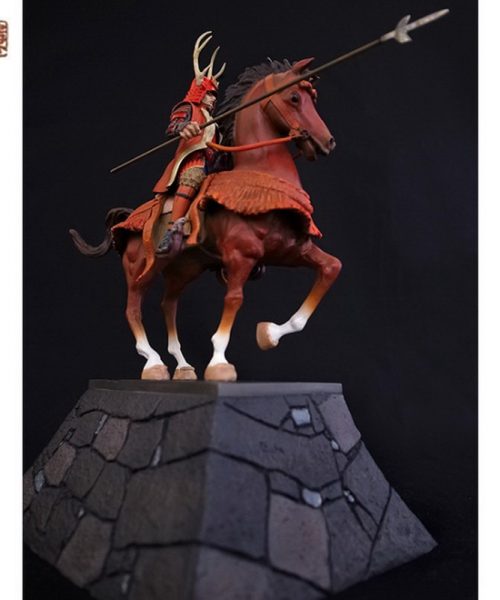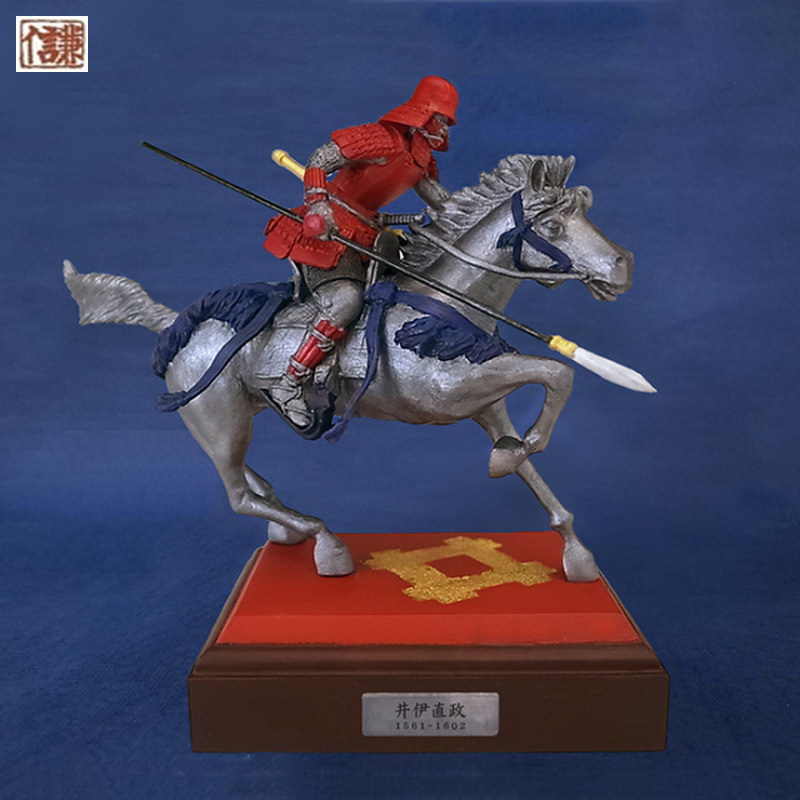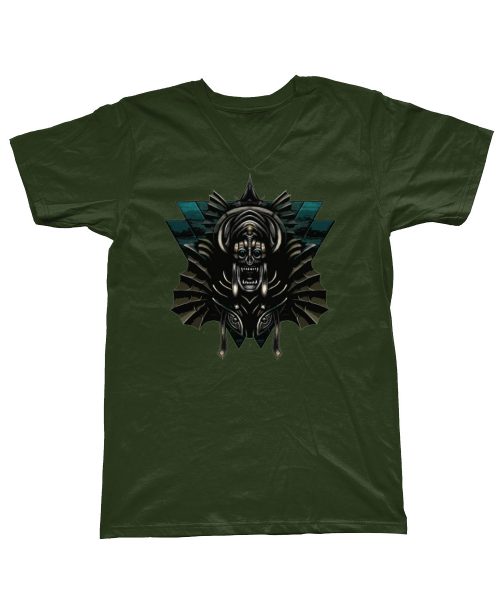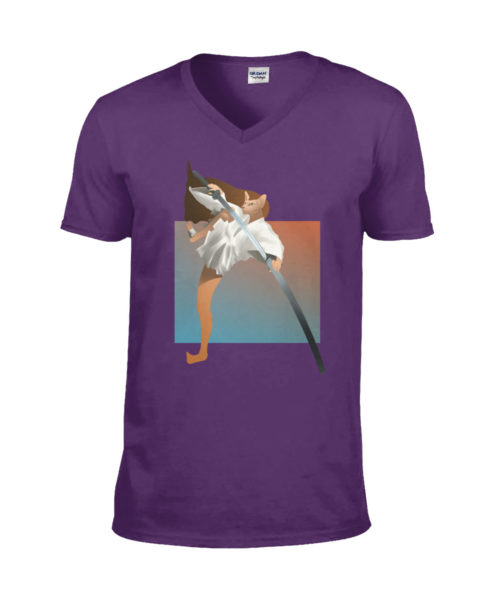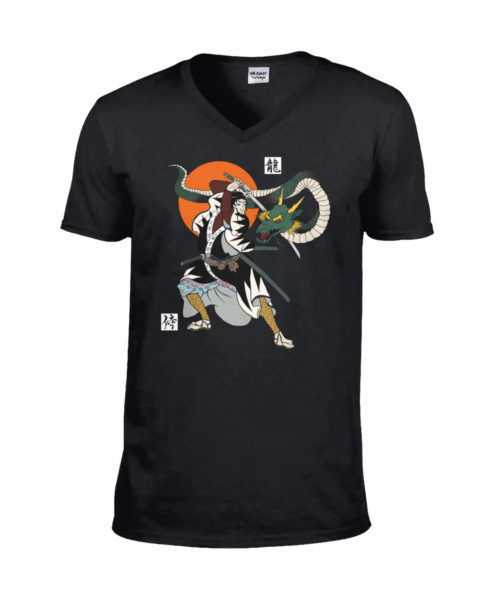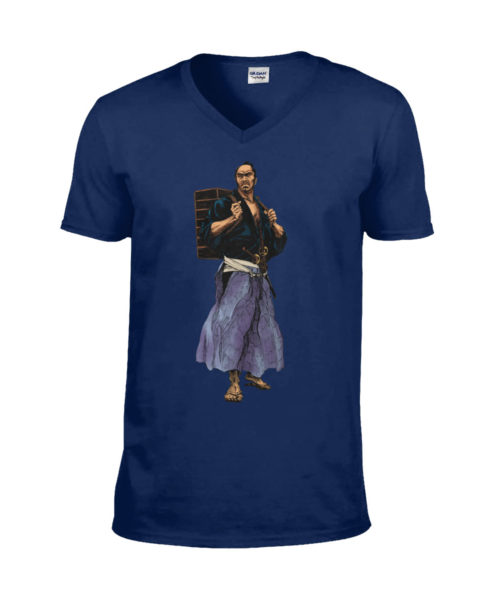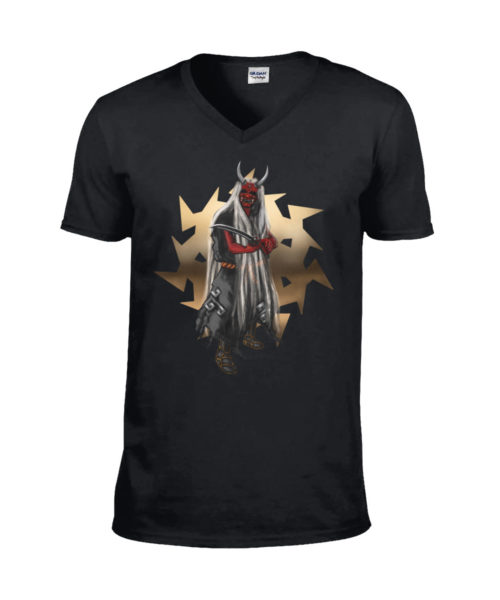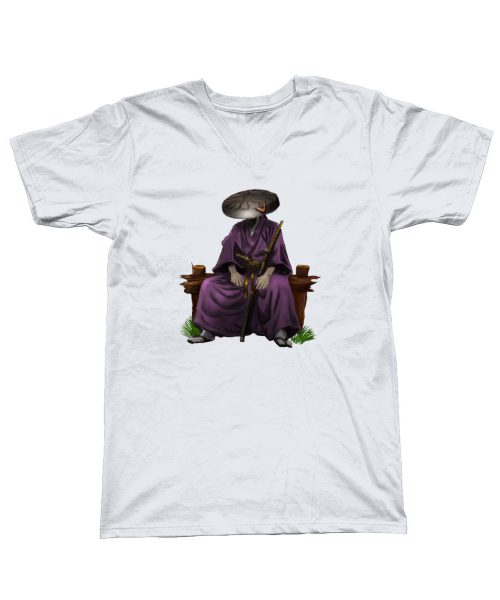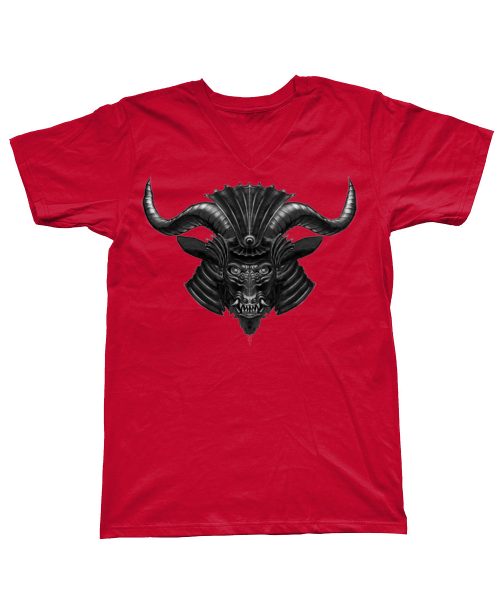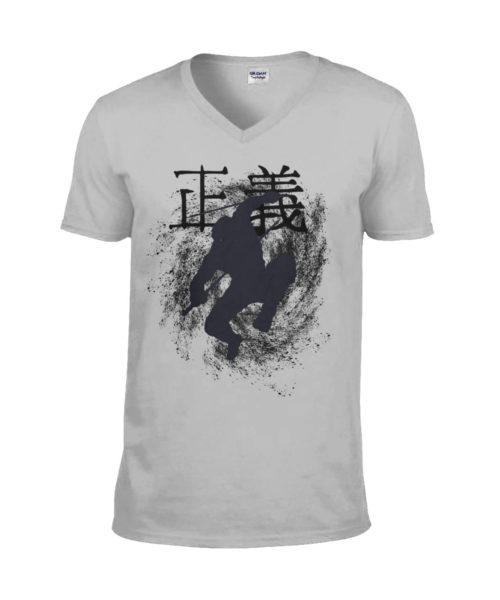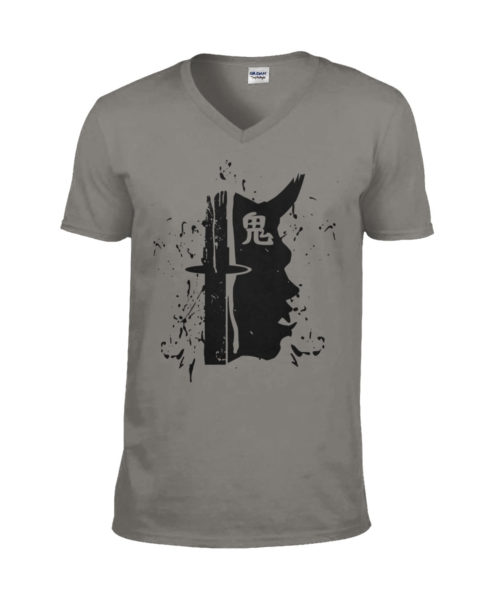No products in the cart.
Japanese Weapons
The Greatest Samurai Weapons of History
Samurai Weapons
Japan has encountered a variety of events from centuries ago that led them to create really powerful Samurai weapons. It also affected the Samurai’s role, especially in the battle; as well as how they’ve come to choose their weapons. Here are the powerful Samurai weapons and swords with their compelling history and uses.
Bows and Arrows

During the Heian Period, the Samurai started with bows and arrows. The warriors used the bows and arrows as their first main Samurai weapons.
Early Japanese people made the bows by using wood and bamboo. They then bound them together with glue. After that, they wrapped the piece with rattan and lacquered it. This results in a strong firm bow.
They made the Yajiri or arrowheads from a special type of steel called “Tamahagane”. This is the same type of steel used in Samurai swords like the Katana.
Arrows played a big role in Samurai battles and even lifestyle for centuries. It also took years to train a newbie on how to handle these Samurai weapons. It is not easy to fire while riding on a horse. During these moments, the Samurai needed an assistant to help them aim fire.
Katana
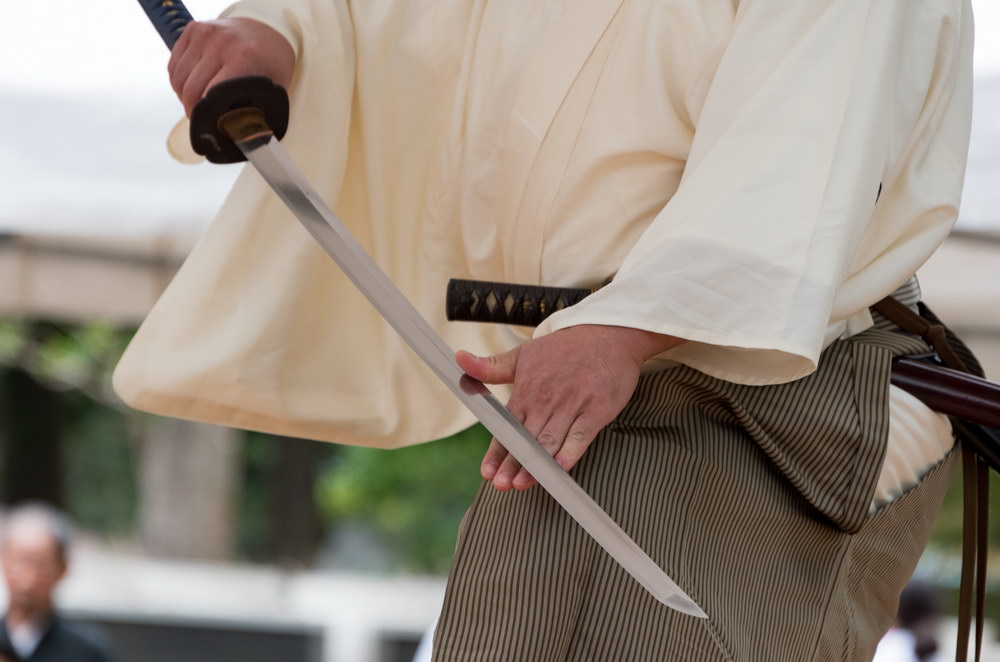
Emerging from the 16th century, Katana became one of the most iconic Samurai weapons. The Katana is also known as the “Soul of the Samurai”. They consider it as an extension of the user’s spirit, being one in mind and heart.
Katana was a curved, single-bladed longsword with a hard edge. The main material comes from Tamahagane, a special type of steel.
The forging process of this requires lots of folding and hammering. The finished blade comes with a distinct pattern and color, making it an art piece. The Katana is also a sword maker’s greatest piece.
The Katana’s design acts as both shield and blade. As a blade, the sword absorbs shock because of its high-carbonated edge. The rest of the blade is softer while the back is strong. The purpose is for shielding.
The noble warriors would train for hours to master the sixteen cuts of the Katana. Such cuts include the Basic Draw, Overhead Cut, and more.
What to Binge Watch: Top 4 Samurai-Inspired Anime
Top Classic Folktales of the Japanese (Classic Japanese Stories)
The Shichifukujin: The Seven Fortune Gods
The Top Five Samurai Battlefield Locations to Visit
The Samurai would draw their long sword from their belt slash on their left hip. Usually, the sword’s worn facing the edge down.
Did you know that the Katana was actually inspired by Chinese swords? The first recorded Katana was actually a double-edged type. The sword’s original design was straight.
There wasn’t much evidence though on who redesigned the sword. But according to the lore, a sword maker named Amakuni forged the first single-edged sword.
This happened around 700 AD at the Yamato Province. Amakuni designed the Katana to become firmer and more powerful. He designed the sword this way after observing the aftermaths of a battlefield. They believe he studied the broken swords to complete the new design.
Wakizashi
Katana’s partner in a Daisho (pair of swords) is either the Wakizashi or Tanto. The former though is the more popular choice. Like the Katana, they introduced Wakizashi in the mid-sixteenth century.
Wakizashi is a shorter version of the Katana and is used for fighting in close-quarters. During such fights, they usually use it for beheading their opponents. A shorter length is also designed to make it quicker to draw from the belt.
Wakizashi is also used for performing Seppuku, also known as ritual suicide. Many people would call this weapon “The Blade of Honor” because of this fact.
What’s even special about this is that a Samurai never leaves his Wakizashi. The weapon never left the belt slash even when the Katana had to be laid aside during certain events.
When the Samurai sleeps, he even tucked his little sword under his pillow. Upon waking up, the Samurai would immediately grab the said weapon.
Tanto

If a Wakizashi is not available for pairing up with a Katana, then a Tanto will do. A Tanto is a short dagger usually carried around by the Samurai. Sometimes, a Samurai carries not only one Tanto, but two!
The Gun and Sword Law of Japan after WW2 stated that a Tanto is a blade that has a length of under 30 centimeters. Many records from before described that a Tanto is a curved blade. This contradicted the fact that a Tanto is in fact straight.
Furthermore, the Tanto is not an ideal blade on the battlefield, as it is hopeless against swords like Katana. These short daggers are more likely for cutting in ceremonies. They also serve as decoratives at times during events or as a daily decorative in the home.
Like the Wakizashi, a Tanto is also used for performing Seppuku. A Samurai does this if he fails to follow the Bushido code. Though they rarely use this for the ritual, it may serve so if a Wakizashi isn’t around.
Naginata
The Naginata is another traditional weapon from ancient Japan. This weapon has a long, curved blade attached to a shaft. The blade measures around 12 to 24 inches. The shaft measures between 45 to 100 inches. This depends on how the wielder wants it.
The Samurai doesn’t use the Naginata that often though. When they do, the weapon gives them an advantage at range.
They use the Naginata when they face enemies who do not care about honor or the Bushido Code as a whole. The Naginata is much more essential to the Sohei.
The Sohei is a sect of Buddhist warrior monks. They came to existence when political feuds start to emerge between different temples. Unbelievably, the battles lasted for four centuries.
The Naginata emerged in the country after the Mongols tried to invade Japan. This happened during the thirteenth century, the same period the Katana came out.
No-Dachi
V Neck Samurai T-Shirts
At the beginning of the Nanbokucho Period, the No-Dachi emerged. The No-Dachi’s design looks like a fusion between a Katana and a Naginata.
The weapon is a very long sword with a cutting edge of around three feet. A No-Dachi can also reach up to the height of an average man.
During this period, the noble warriors started fighting on foot. This contrasted to the Heian Period where the warriors fought on horses.
A Samurai used the said weapon with both of his hands. He carries the No-Dachi along his back, kept in a scabbard.
Respect for the Samurai Weapons
These powerful Samurai weapons are truly fascinating and indeed valuable. Japan has encountered several brutal wars throughout history, so it would make sense that they would create weapons fit for fighting their opponents. Some of them would also be part of ceremonies, so it’s best to show our respect on these Samurai weapons.


